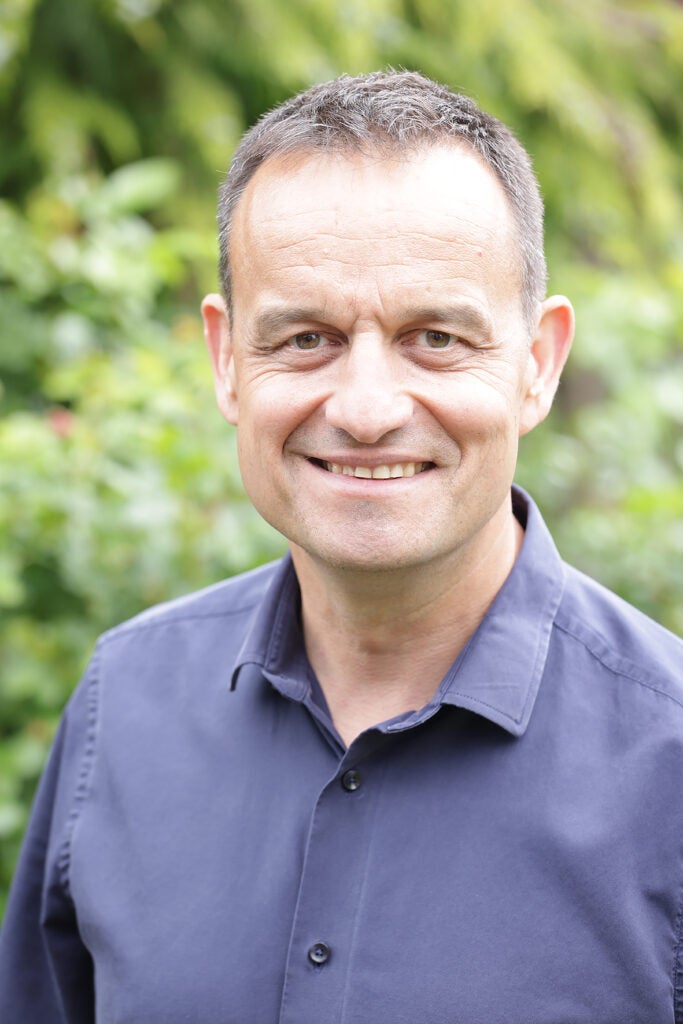When plastic was first invented it was never meant to be single-use, but in the late 1960s and early 1970s the disposable culture that consumers embraced took hold without any consideration for the consequences which are now all too familiar.
Similarly, when the plastic bag was introduced over 60 years ago, hopes were high that it would make a significant environmental contribution as plastic embodied progress and convenience. It was originally designed to replace the humble paper bag that was thought to be harming the planet, plastic was to be ‘nature’s saviour’, introduced to protect natural resources and save the trees.

Fast forward to today and climate change and sustainability sit high on corporate agendas and plastic waste is public enemy number one, but it shouldn’t be. Plastic still embodies progress and convenience, but inconsistent recycling habits and a lack of facilities continue to dampen its reputation.
It is crucial that businesses from all sectors increase their sustainability efforts. The best way to tackle climate change remains a source of debate, with various factors to consider, such as changing everyone’s behaviour and attitude, questioning current practices and enhancing technological innovation. In the drive to address climate change and sustainability, no single entity will have all the answers and be able to develop the appropriate solutions.
Collaboration will be fundamental to combining resources and expertise to combat climate change. As such, innovation will yield practical solutions that make a real difference in shaping a greener future. But above all, we need to start thinking in a more circular and less linear way when it comes to the world’s precious resources. Designing without thinking about where materials come from and where they will end up is now unimaginable and we hope that thinking full circle will one day be the norm.
Companies of all shapes and sizes are finding ways to reduce waste to help protect the planet. Reducing the use of virgin plastic is just one of the big changes that can be made if we are to see real progress.

US Tariffs are shifting - will you react or anticipate?
Don’t let policy changes catch you off guard. Stay proactive with real-time data and expert analysis.
By GlobalDataThe plastic problem
The introduction of the plastics tax across Europe and today’s consumers demanding more recycled packaging has led to a far greater demand for recycled plastic materials. This is a positive development, and we can all agree that the emphasis should be on reducing the amount of virgin materials entering the supply chain. However, the question should not always be where did the plastic come from, it should be where will it end up? Once materials have been used, we need to ensure that they are reused or recycled as many times as possible.
According to WRAP (Waste and Resources Action Program), plastic bags and wrappers make up a quarter of all the packaging we use and yet only 6% is recycled. In many countries recycling facilities are woeful and the amount of plastic heading for incineration is very troubling, not least because of the emissions it produces. Collaboration between policymakers, businesses and consumers alike needs to happen to introduce smarter policies, change behaviours and critically, improve the infrastructure for recycling, composting, or reusing plastic products.
The increased demand for recycled plastic poses its own challenges as supply struggles to keep pace with demand resulting in soaring prices. Currently, good quality recycled plastics are commanding prices that are very close to the cost of virgin plastics. Improving the recycling infrastructure will certainly increase supply but companies can make an important contribution by developing and investing in their own facilities or technology. Last year, for example, Mainetti launched a global initiative that allows retailers to implement a closed-loop clear polythene recycling system.
Polyloop is a global Clear Polythene Recycling Process which enables Mainetti to provide a closed-loop recycling system for clear LDPE flexible films. It offers retailers such as Superdry a genuine circular economy and the ability to source clear LDPE film containing at least 30% post-consumer recycled material from any of its production sites in the world. The process sees post-consumer LDPE film collected, cleaned, and processed within the UK before being distributed to Mainetti’s manufacturing sites around the world.
Of course, there will always be the question of responsibility. Ultimately this belongs to us all, but Governments should take the lead as they have done in Denmark, a country that has set an enviable example. Denmark’s approach to waste is to view it as a valuable resource and this important mindset change has led to remarkable results. For example, by 2019, 92% of all plastic bottles and cans were recycled in the UK, and in Denmark, it was significantly lower than that.
Taking a positive, more circular approach to recycling plastic can be a catalyst for innovation that results in less plastic waste. For example, last year the world’s largest toy maker LEGO (which also happens to be Danish), unveiled a prototype of its iconic plastic brick made from recycled drinks bottles.
If we want to tackle climate change and reduce our environmental impact, we must place more value on the goods we produce, buy and use. We must use goods for as long as possible and when they have reached the end of their useful life, recover and utilise the materials so we can slow down the use of the world’s finite resources.




